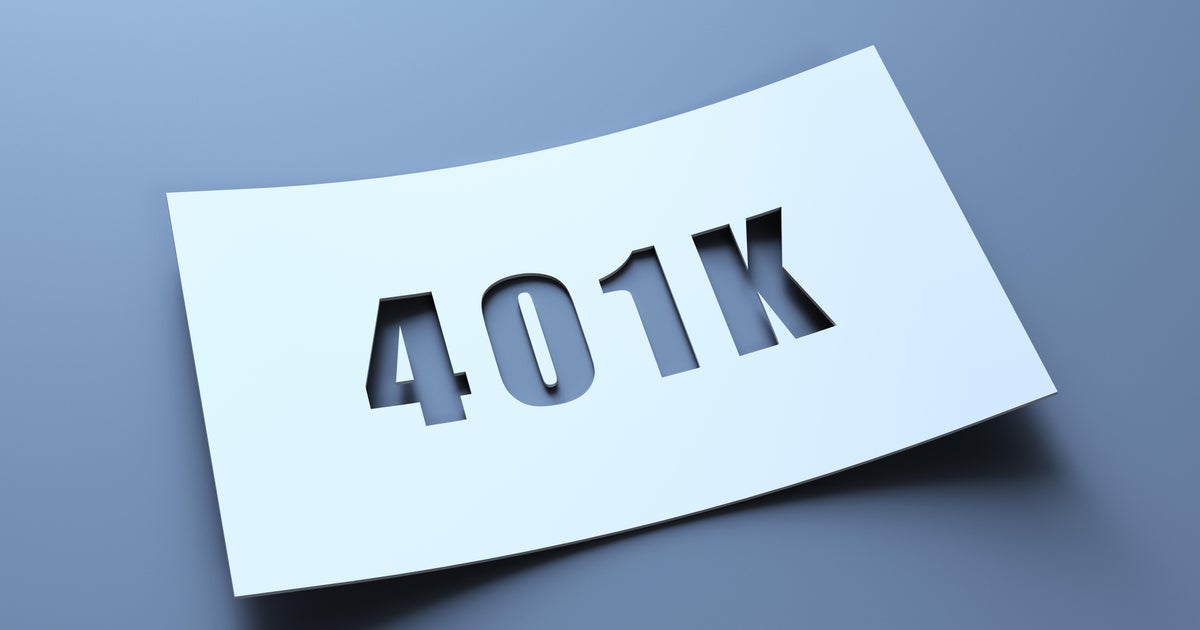The IRS is boosting retirement plan contribution limits in 2026, allowing Americans to put more money in their tax-preferred 401(k) and individual retirement accounts.
The tax agency, which announced the new contribution thresholds on Thursday, adjusts those account limits annually to account for inflation. Without these increases, people saving for retirement would have a harder time sheltering income from taxes and inflation.
The new 401(k) and IRA plan limits for 2026 are as follows:
Employees with 401(k), 403(b) and 457 plans, as well as those who participate in the federal Thrift Savings Plan, can contribute a maximum of $24,500 to those accounts next year, up from $23,500 in the current year. For workers 50 and older, the catch-up contribution limit for these accounts will climb to $8,000 in 2026, a $500 increase from this year’s $7,500 cap. Annual contributions to IRAs will be capped at $7,500 in 2026, up from $7,000 this year. The IRA catch-up contribution for people 50 and older will include a cost-of-living adjustment of $1,100, up from $1,000 in 2025.
Even with the IRS raising retirement savings limits each year to keep pace with inflation, many Americans still feel financially unprepared for life after their working lives end. Only about four in 10 say they’re on track to maintain their current lifestyle in retirement, according to recent research from Vanguard.
A Goldman Sachs report published last month found that 42% of working Americans, from Gen Z through Gen X, have no disposable income left after covering basic living expenses.
With so many households stretched thin, relatively few workers can take full advantage of tax-advantaged plans. Vanguard found that 14% of Americans contributed the maximum amount to their 401(k)s in 2024 — a group that tends to be older and earn higher incomes.
More from CBS News

